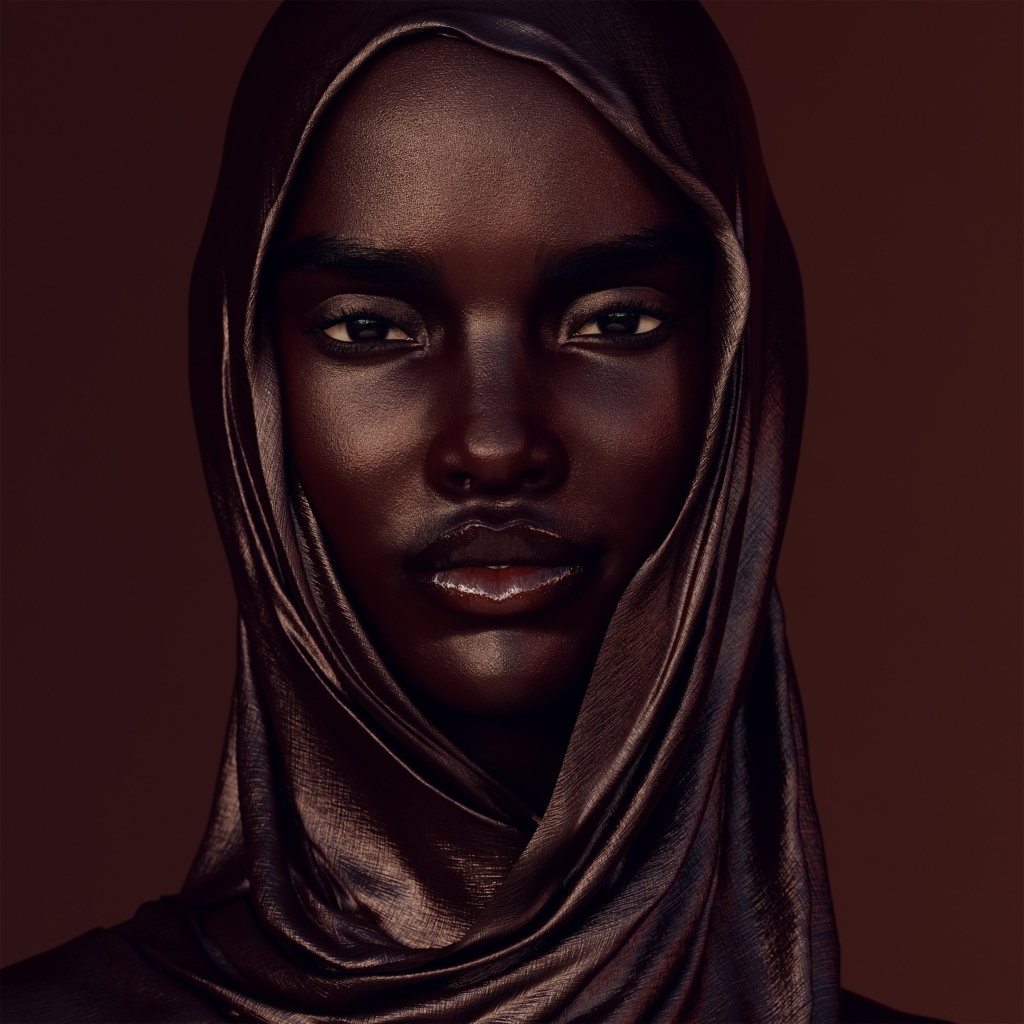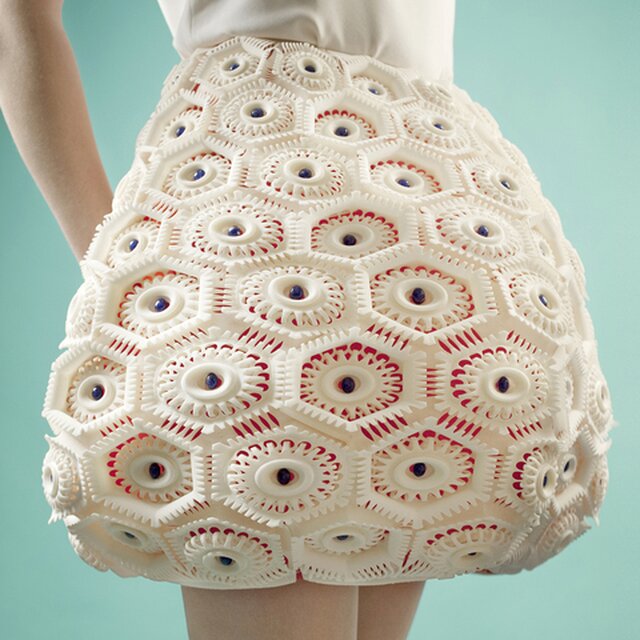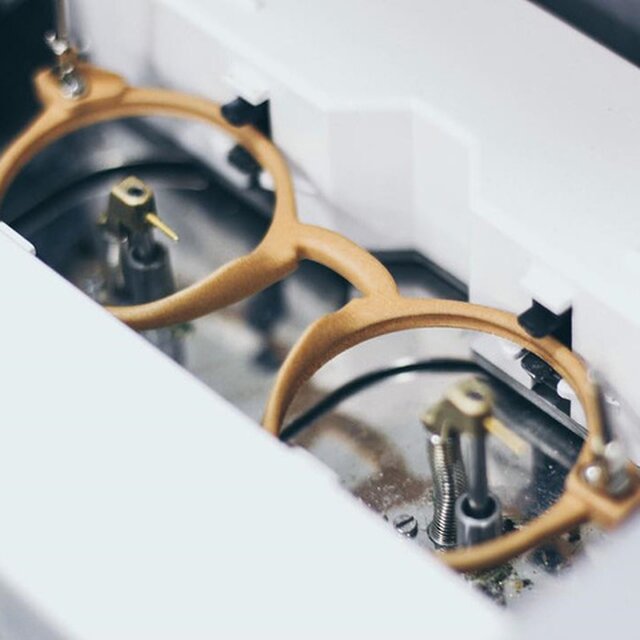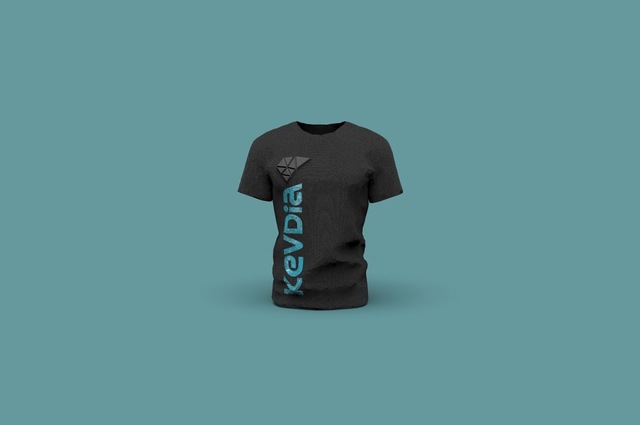All businesses must keep up with the ever-present changes in the market, yet few can match the fashion industry’s hunger and ferocity when it comes to gulping down the latest trends. One of the most recent examples is how it integrates 3D modeling services and immersive technology (VR and AR) into its design, manufacturing, and marketing strategies. Using 3D assets to facilitate the product design process, streamline collaboration among designers, and improve quality is already mainstream in other industries such as construction, automotive, robotics, and manufacturing.
Online-based 3D modeling platforms have opened the door to visualize three-dimensional digital assets. From the fashion industry perspective, such innovation allows CAD fashion design services and customers alike to interact with apparel in a much more comprehensive manner. Cloth simulation software has enabled fashion designers to create 3D clothing from scratch on a computer.
The digital assets are then used mostly for online catalogs and accessorizing avatars or 3D characters in animated movies, virtual worlds, and video games. Now that the apparel industry is beginning to see the benefits, it is only a matter of time before significant brands introduce extensive utilization of the technology.
 Table of Contents
Table of Contents
Fashion industry goes digital with Shudu
The most significant leap the industry has taken so far in implementing 3D modeling technology seems to be in the form of Shudu, the world’s first digital supermodel. She is not just an avatar ruling the catwalk in a local online fashion show.

Her big break came in February of last year when she appeared alongside real-life superstars on the 2019 BAFTA awards’ red carpet. Appearing in a floor-length yellow gown designed by Swarovski on a massive screen, Shudu was flawless with her fluid movements and lifelike expressions. Unlike other supermodels, however, she only exists in the digital world. Shudu is the brainchild of British photographer Cameron-James Wilson, who took inspiration from supermodels like Naomi Watts, Iman, and Alex Wek, as well as the Princess of South Africa Barbie.
She has been featured in various magazines and high-fashion campaigns too. Shudu is a hyper-realistic avatar that sets an example of how 3D modeling technology can shape and influence the fashion industry. More companies are embracing technology into their core business practices. With the help of competent professional 3D modeling services, imminent changes shall come sooner than later.
3D printing entire outfits
Nothing is more exciting than the idea of using a 3D printer as the sole manufacturing equipment for apparel. If even an entire building – not just the prototype, but an actual residential house – can be constructed that way, clothing should be a piece of cake. Considering the fact that 3D printers are becoming more affordable these days, individuals and small businesses may begin to utilize the machines at home to make their own products.
RELATED: How virtual reality rendering is changing the 3D design service industry
Major brands like Adidas, Reebok, and New Balance have already made and sold 3D printed shoes. But then again, a pair of shoes are relatively rigid, especially compared to socks, shirts, and gowns. A fully functional (flexible, breathable, comfortable, stylish) 3D printed piece of clothing is not impossible. Some have come to public attention through the big screen—for example, the costume worn by Queen Ramonda in 2018’s superhero film Black Panther.
The costume is a serious achievement to showcase how 3D printing design services have become mature enough that they can create a product that everybody can objectively see as a proper article of clothing—supple enough to be worn comfortably yet stiff enough to maintain the shape. Beyond the realm of the fictional world, however, the utilization of 3D printing is still pretty limited. You can sometimes see 3D printed outfits in fashion shows, but not in stores. While the technology has been considered a game-changer in terms of production time and efficiency, at this point, a simple garment would take hours to create.

One has to print the pieces first, then assemble them. As a result, the finished product is expensive. There is a long way to go for 3D-printed clothing to become mainstream, but the future looks bright.
Using CGI in the fashion industry
The world of 3D modeling is vast. There is another promising road ahead for CGI in addition to the excitement and hope for 3D printing technology. While additive manufacturing is not yet a practical option for fashion, CGI has already transformed the way companies and consumers engage in the business.
3D Visualization in the development process
The fashion industry uses 3D visualization in the same manner as others do, especially in the product development phase. Before any particular product reaches the production line, 3D modeling facilitates almost the entire design process. For example, in the automotive industry, an engine part (or a whole vehicle unit for that matter) is digitally drawn in 3D on-screen by a team of automotive design & engineering services.
The 3D asset will be objected to a series of tests and simulations to see if anything goes wrong or whether something can be improved. If changes are necessary, it is often done on-screen. Only after the results get approval by the head of production is the engine part manufactured.For apparel, the process is more or less the same. A development team can draw and review a product design on the screen. 3D visualizer services can collaborate to improve the design in real-time. Some variations are added before the design is run through various simulations of movement and lighting scenarios to depict the real-world environment.
Implementing 3D visualization in apparel development simplifies the process a great deal and saves valuable time. A digital asset is flexible in the sense that 3D design services can draw a multitude of prototypes to adapt to different needs. A company’s operating cost is reduced, so revenue is increased. The degree of customization allowed with 3D visualization is at its highest level. Companies big and small now have the chance to expand beyond their typical segment, as even the most difficult pattern cutting, details, ornamentation, and decorative needlework are no longer time-consuming to draw and render in hyper-realistic quality.
3D Asset as a collaboration tool
Unless you’re a one-person company, there is a good chance you need other designers to work collaboratively on the next apparel product. Once the initial design has been transformed into a 3D asset, collaborators need a platform to refine and improve that preliminary concept. As a company gets bigger, more collaborators are working together to determine which product is next in line to hit store shelves.

Having an online platform to discuss ideas and make real-time changes to 3D assets will streamline the design process. Everybody has the opportunity to make suggestions and implement them in a way that others can clearly see and understand.
Think of a 3D visualization tool like Google Docs but for 3D assets. Assigned 3D rigging designers are granted access to the concept and allowed to make recorded modifications either directly to the model or with annotations. There are some excellent platforms for that purpose—for example, Clara.io, Vectary, Fusion 360, and OnShape.
3D Models as a simple customization tool
With certain products, it’s easy to make physical samples of variations for the exact same item, such as shoes or hats. Samples of clothing can be made as long as they do not have too many modifiable parts—otherwise, you might as well design another product entirely. Creating samples of clothing using different fabric types, sizes, textures, and details is time-consuming and expensive. It is a waste of resources if, at the end of the day, consumers disagree with the modifications anyway.
Instead of manufacturing a series of samples and presenting the physical products to consumers in stores, it would be much easier to let the buyers do all the variation work. A practical solution for that is an online customization tool using 3D visualization. You can limit the number of modifications allowed on the tool in accordance with production capability and capacity.
For example, the customization only works for color combinations but not for materials and printed logos. This is to avoid having to produce just a small number of peculiar designs. A prime example is a 3D product configurator with which consumers may apply specific color schemes, names, numbers, and other details they want. Once the desired design is complete, a buyer can download and order at checkout.

The idea is much more practical for custom ordering, but it does not mean companies that sell ready-made clothes cannot implement the same approach. Putting aside modifications by buyers, the omission of physical samples reduces production costs from the manufacturing process and shipments on the company’s part.
Virtual reality in 3D fashion
Immersive technology, including virtual reality, also falls under 3D modeling applications. VR is not that common in the fashion industry, but it does bring some promising ideas. Big brands like Balenciaga, Tommy Hilfiger, and Rebecca Minkoff have adopted the technology for their marketing strategy by offering clients an experience of sitting next to a catwalk, albeit in the digital world using VR headsets.
RELATED: 3D modeling: An overview of history & industry applications
GAP Inc. is an early adopter of VR technology in the industry with the introduction of virtual dressing room. Users are able to use an app to create their own avatars (or somebody else’s) based on body measurements. The purpose is to let buyers see how they themselves look wearing different pieces of clothing. Since this is VR, the viewing angle is 360-degree. It is the old idea of try-before-you-buy digitized.
The shattering truth about VR is that despite GAP successfully setting an example of how to use it properly in the fashion industry, the technology itself still has difficulties entering the mainstream. VR is expensive and the technical challenge is monumental. That said, there are 3D modeling services out there capable of creating an immersive virtual world to spoil fashion companies, and by extension, the buyers.
Cad Crowd’s 3D modeling services can help with fashion projects
At the end of the day, 3D modeling services are at the forefront to advance the adoption of the technology. Professionals in the field will have to push the idea to major companies and market themselves as integral parts of the fashion industry. Cad Crowd has a network of 3D modeling experts and more specifically fashion design services to help with your new project. Find out how it works.
